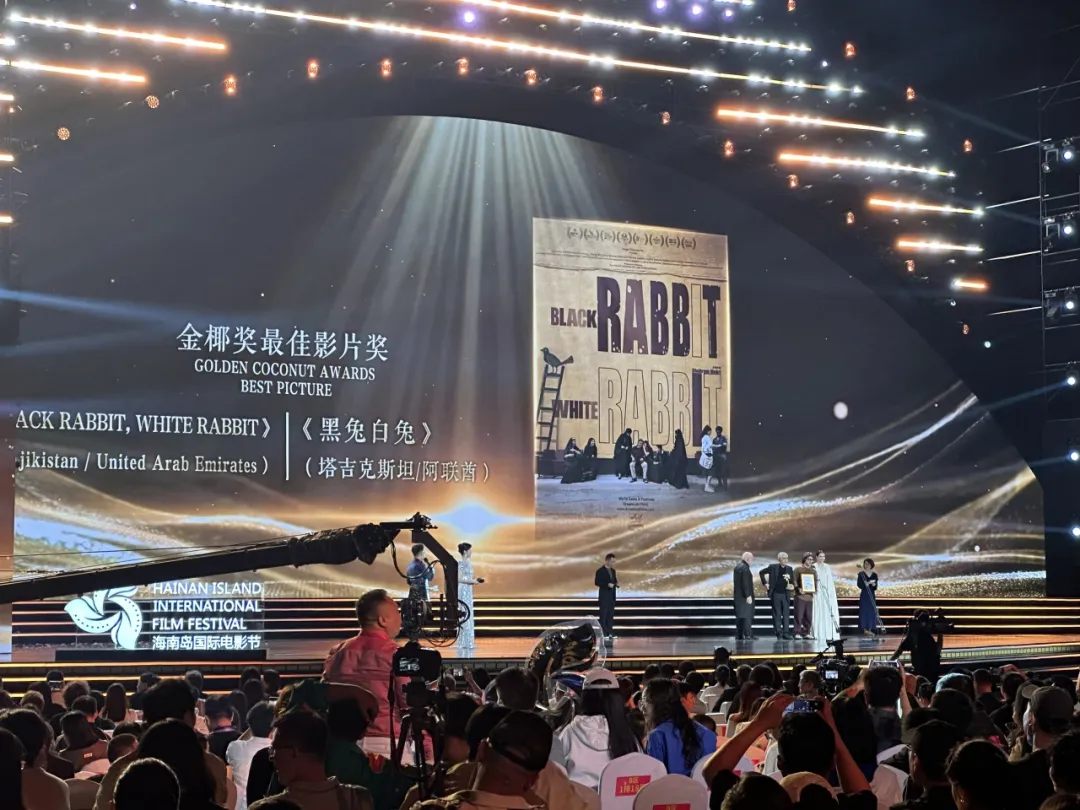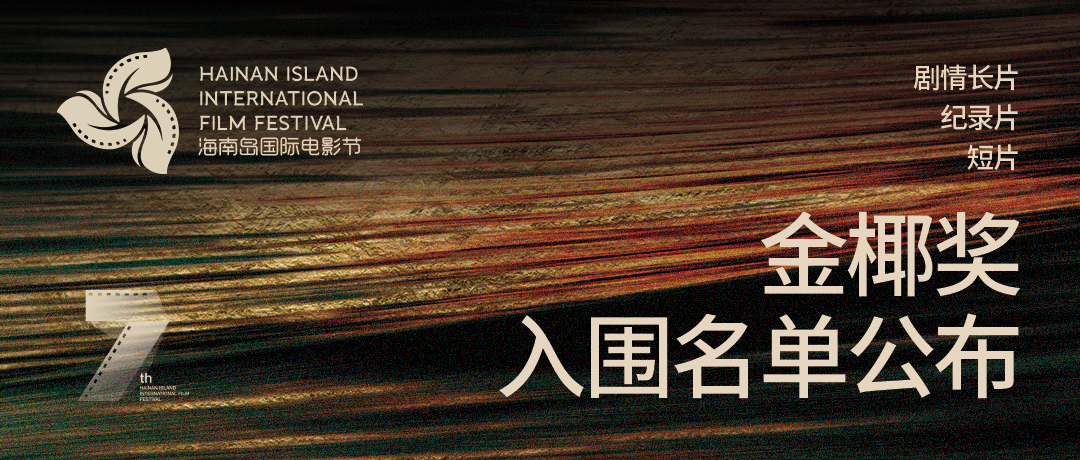
The 4th Hainan Island International Film Festival is coming to an end, and the films of each unit have been unveiled one after another. As one of the important windows for Chinese films to communicate with the world in recent years, this year's Sea Film Festival also has many new domestic films selected for premiere or screening on this platform.
"Umbilical Cord" and "Georgia" in the main competition unit of feature films, "Stone Epic" in the documentary unit, and "Just to Run", "The Man Who Chased Happiness", "The Building", "The Day the Train Disappeared" and other films in other screening units, all Caring and discussing the current Chinese reality from different perspectives.
"The Umbilical Cord": A Poem to the Prairie and Mother
"The Umbilical Cord", shortlisted in the feature film unit of the Golden Coconut Competition, tells the story of the musician Arus returning to his mother suffering from Alzheimer's disease, accompanying her back to her hometown to find lost memories, and facing the choice of life and death together story.
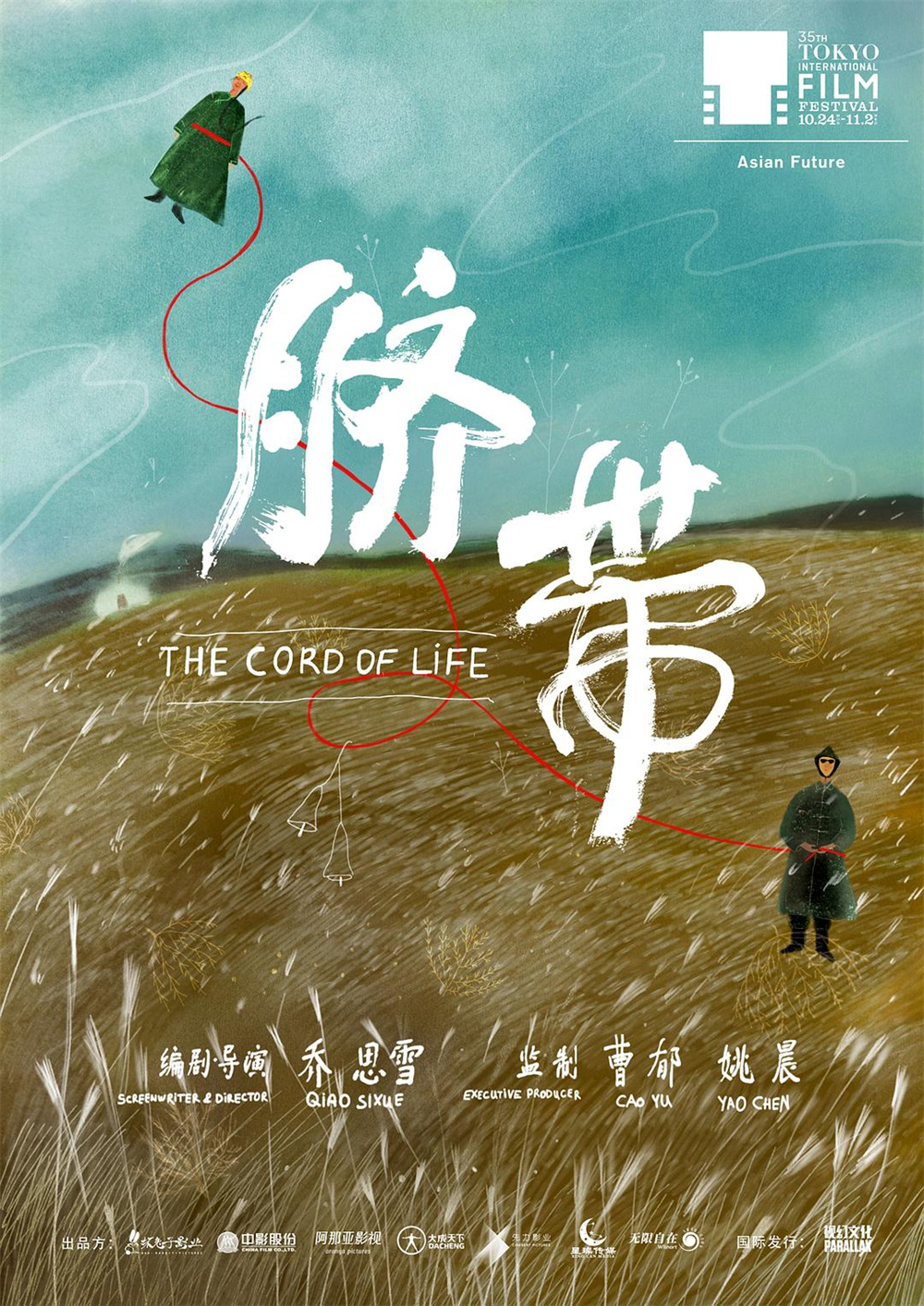
The Umbilical Cord Poster
The film is director Qiao Sixue's debut work, and photographer Cao Yu and actor Yao Chen are the producers of the film. The young musician Idel and the old Mongolian opera actor Badma starred.
The "umbilical cord" is the invisible link between the grown-up young matouqin player Arus and his mother. In the film, because his mother suffers from Alzheimer's disease, he often wanders around. In order to take care of his mother, Arus can only Use a long rope to "tie" the mother to the waistband of the trousers. And the young people who have left the grasslands, accompanied by their mothers to roam back home, connect the conflicts between modern life and traditional nomadic civilization. It's an unavoidable reality...
When director Qiao Sixue talked about the original intention of the creation, she grew up on the grassland, and then went to study abroad. She once felt alienated from her hometown and relatives. "I was still studying in Paris when I wrote this film. I still come back there, and the relationship with my family is getting more and more distant. One day I met a middle-aged aunt who was about the same age as my mother on the street. Her Alzheimer’s symptoms were particularly obvious, which touched me all of a sudden, and my mother also Facing menopause, she had emotional problems. That auntie made me hit a chord with my mother, so I wrote this story."
At the same time, the memories of her mother made Qiao Sixue think more deeply about the place where she was born and raised, "The Mongolian culture has had a particularly deep influence on me since I was a child. The entire grassland has undergone great changes in our generation. I also want to pass this film. Conveying Mongolian views on life and death, especially the topic of saying goodbye to parents for our urban children, it provides us with a perspective and a possibility.”
The open and beautiful grassland scenery and poetic lens language allow the film to tell a series of sad past events in a soothing rhythm, without strong plot conflicts. In the strong emotional arrangement, many audiences were moved to tears.
Regarding such rhythm processing and plot arrangement, Qiao Sixue said, "People who grew up in the natural cycle of the grassland have a very natural perspective on life and death. This attitude determines that the relationship between people will not Such a violent conflict."
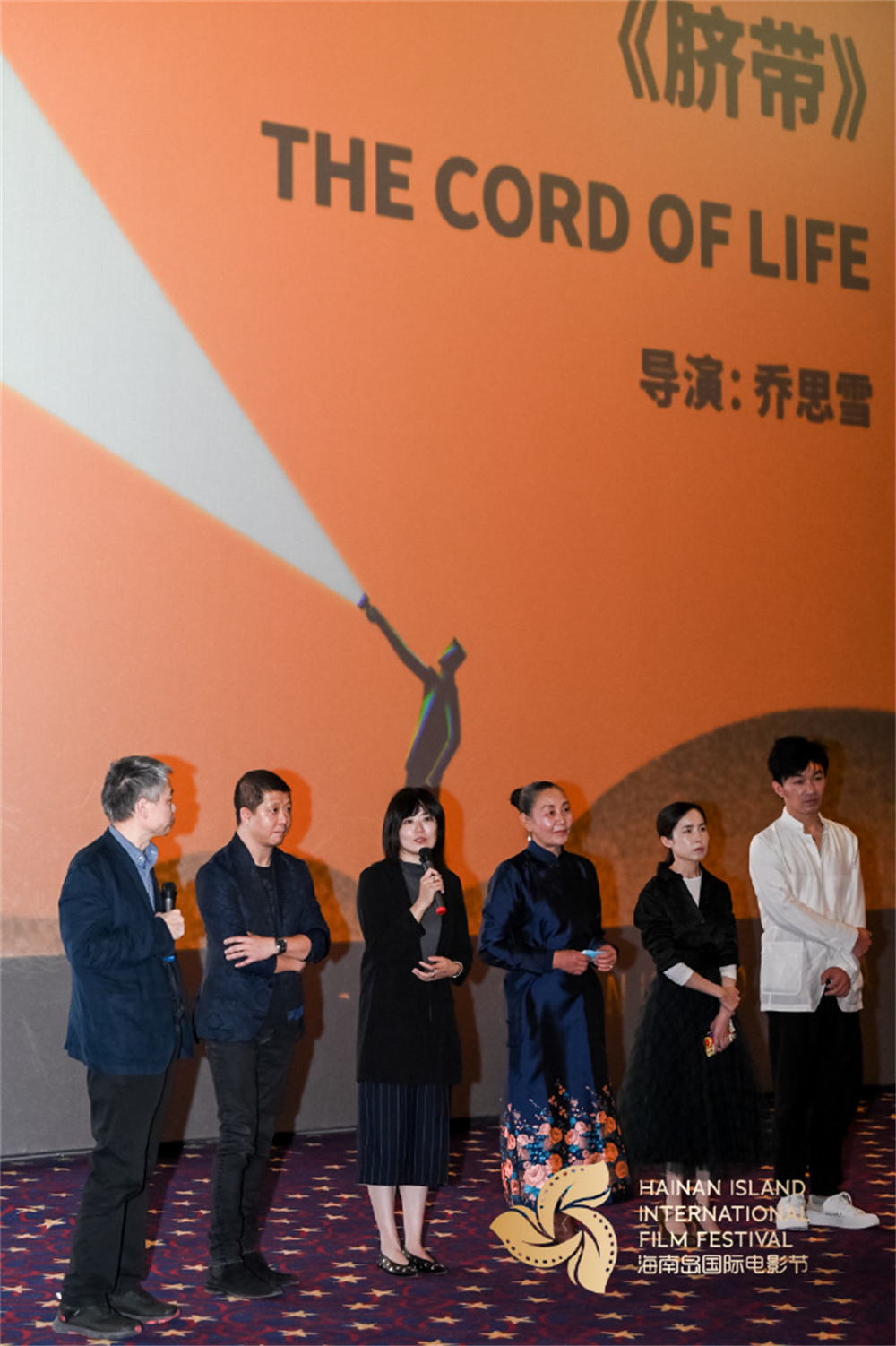
The main creator of "The Umbilical Cord"
Cao Yu, who gave the film a rich visual experience, talked about the experience of producing and shooting the film. He felt that because of the low-cost production, the shooting equipment this time was relatively scarce, but the freedom of cooperating with young directors gave him a lot of space for creation. "The whole movie was shot in an impromptu way, without any storyboarding. This time is a new feeling for me. I am both a producer and a photographer. These two are completely different thinking, one is global, and the other is One is very specific. I communicated very well with the director. I love this work. It is an emotional film that also discusses the meaning of life and shows poetry. Although it is quite risky to make such a film, we Willing to help such a young director."
The Chaser of Happiness: The Cruelty and Romance of Life
"The Chaser of Happiness" in the screening unit is a realistic film adapted from real people and events.
The film tells the story of Poria, who suffers from brittle bone disease, and loses her chance to go to school in Beijing due to her eighth fracture, and makes Poria's mother Qiaoqiao lose her night shift job. The rental house is suddenly demolished, so Qiaoqiao has no choice but to take the child back to her husband Tiandong's hometown, planning to leave the child with her grandparents after the Chinese New Year, and return to Beijing to work with her husband. The second elder died unexpectedly on New Year's Eve, so Qiaoqiao had to give up her life again, stay in her hometown, and attend classes with her daughter.

Stills of "The Chaser of Happiness"
From the perspective of a mother, the protagonist in the film takes the child all the way, facing the constant setbacks in life, and exuding a tenacious quality of life. The true performance of the children's optimism and innocence also moved those who watched their lives.
Director Zhu Jie has been filming the prototype character in the film for 6 years in the form of a documentary. In the post-screening interview, Zhu Jie said that real life is more exciting than the film, "So we made the part of her life that touched us into a movie. If you really let us write such a script including these people, I will write not come out."
In the sincere lens language, the camera uses a head-up perspective to record the lives of the characters, and the detailed but moving plot is shaped, presenting the reality, cruelty and romance of life on the big screen.
The heroine of the film, Nan Ji, talked about the distance between herself and the protagonist in her life. "There are some things I can't understand, so the director put me in the countryside for more than a month before the filming started, living in Qiaoqiao's house." The actors helped a lot. "Qiaoqiao's family basically doesn't speak Mandarin to me, and the crew doesn't treat me as an actor. Basically, I am Qiaoqiao living in that family, and I am that character. Looking back now, I actually The director was a little bit cruel to me, but I gradually became that person, being with the two children every day, I became their mother."
In the communication with the audience, Nanji said, "It is the many small details that impress me with this script. It is not telling a climax or a complete and touching story. It brings the whole picture of life to me. , I suddenly found that life is so trivial but so moving.”
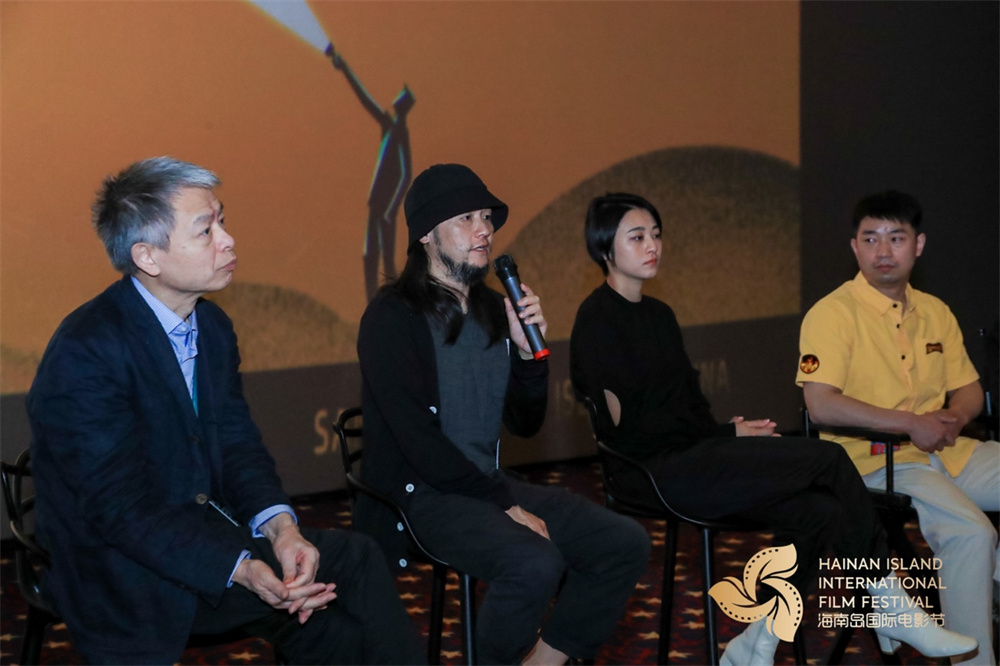
Post-screening talk of "The Man Who Chases Happiness"
Screenwriter Zhang Chi said when talking about the plot extended from the documentary to the feature film, "Most of the plots in the film are made up by us, or we want her to do it. We want this family to be like this. All the blessings of the family are written in it."
"The Building": Discovering architectural heritage and the meaning of contemporary life
The documentary "Building" screened in the "End of the World" screening unit is China's first theatrical documentary film on the theme of historical and cultural heritage protection, and it is also the world's largest documentary on the revitalization and renewal of Chinese architectural heritage.
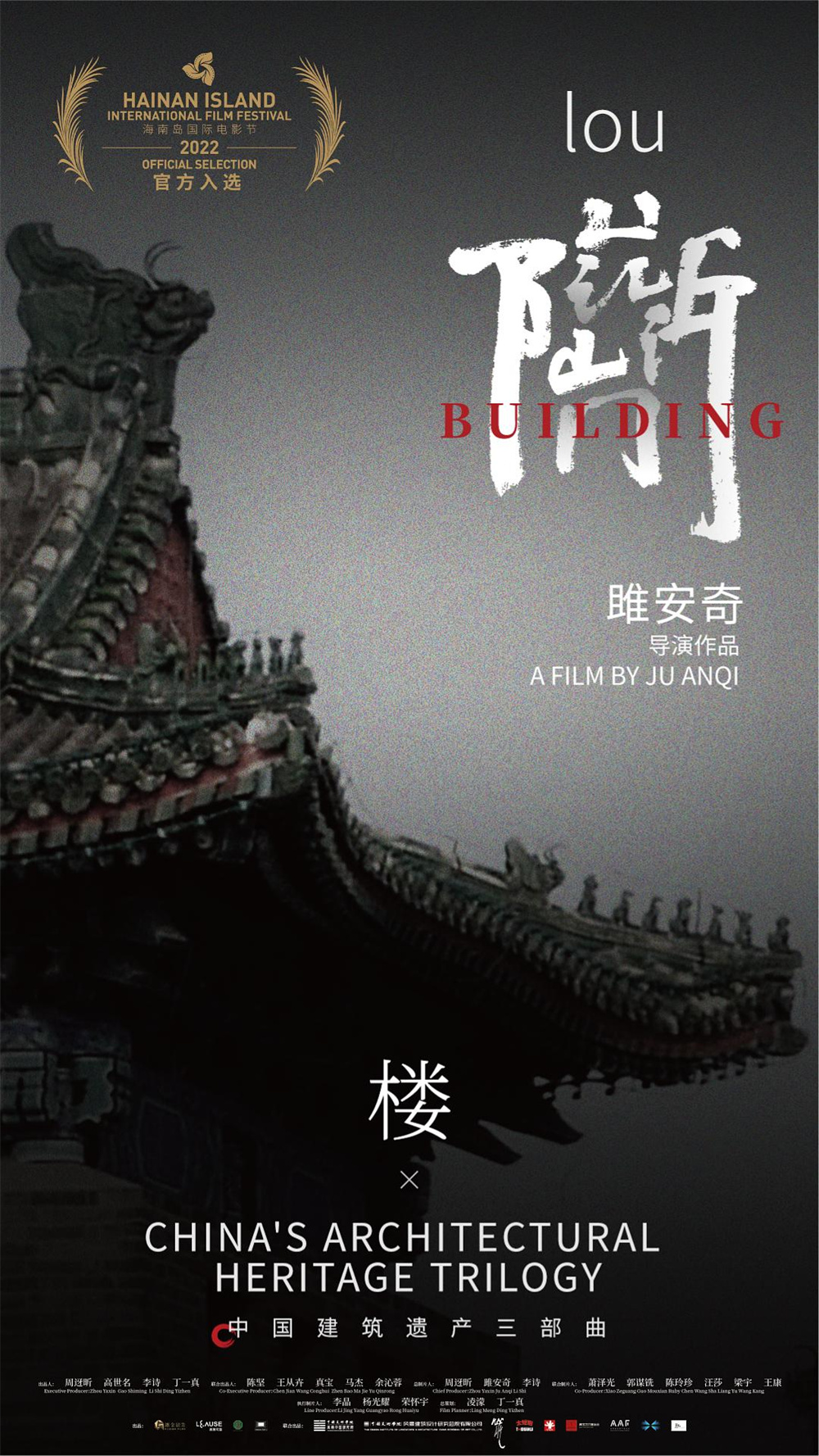
"The Building" Poster
Director Ju Anqi spent two years searching and discovering the current revitalization status of Chinese architectural heritage. During the filming of the film "The Building", the director went alone to the sites of architectural heritage in Chinese metropolises to record the past and present of these architectural heritage, through interviews with more than 50 architects, experts and scholars, and practitioners of architectural revitalization. Personally narrated, and recorded the realistic context and deep thinking of architectural heritage in China with video.
"In 2009, when my film won the award at the Swiss Film Festival, I saw a film at the film festival that talked about the influence of traditional Japanese architecture on the entire global architecture and the modern architectural concept of Japanese architects. Eastern philosophy, and radiated this philosophy to the whole world, so that architects all over the world, including Nordic countries, were influenced by it. I was thinking at that time, there are so many wonderful buildings in our country, there is no way to make the world more What a pity for people to see it. At that time, it was a period of large-scale construction in China, and many buildings were constantly being demolished and disappeared. So I was very touched after watching this film, and I vowed to make a film about old Chinese buildings one day." Ju An Qi expressed the original intention of shooting this documentary in this way.
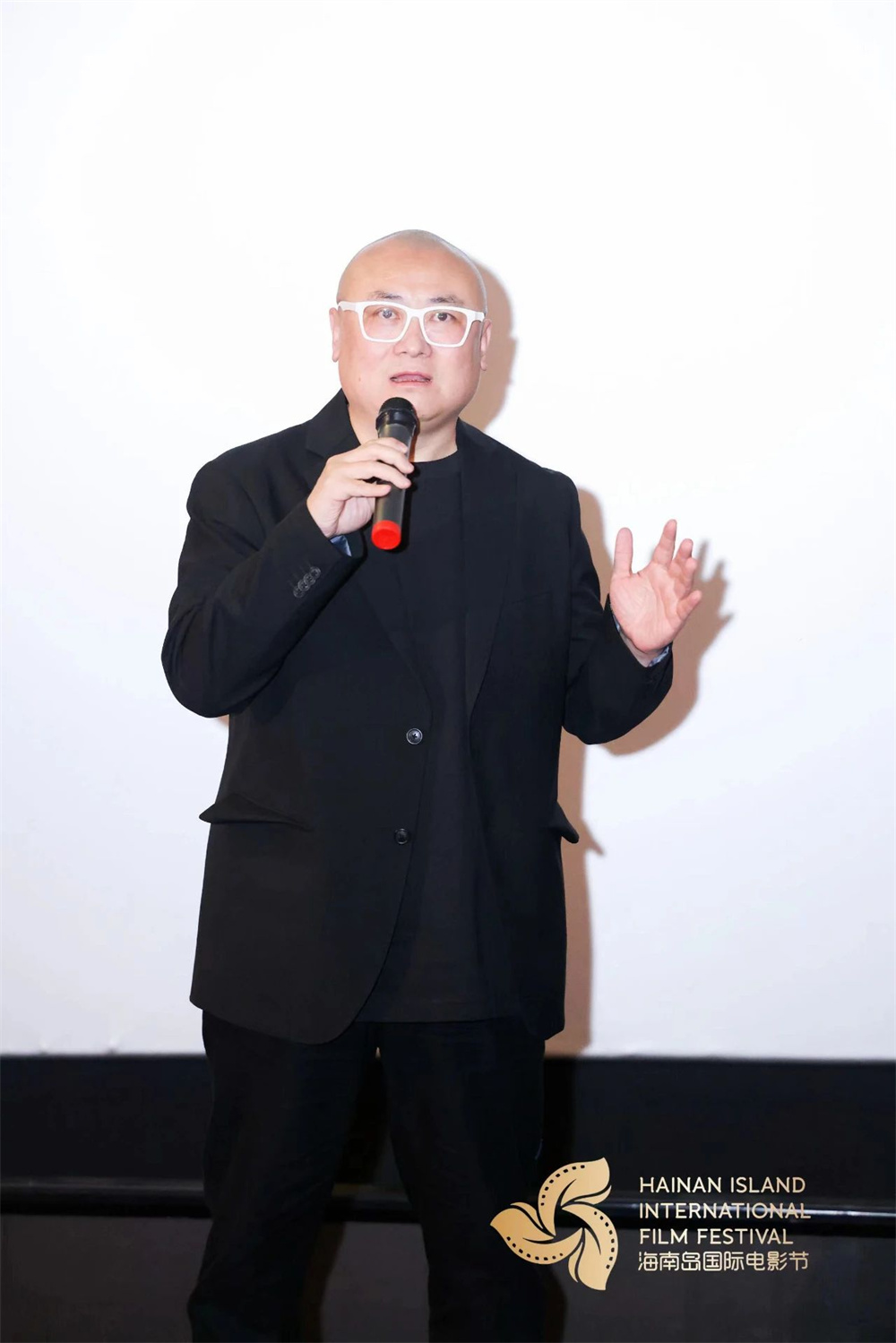
Director Ju Anqi
Through artistic video expression, the fate of a group of old folk buildings is vividly displayed on the screen. The protection and utilization of architectural heritage in the process of urban renewal and sustainable development in my country, from the aspects of literature and academics, All valuable.
Different interviewees expounded their cognition, concept and emotion towards architecture in the film. Links and characters in history are connected in series by the uncovered traces of architectural heritage. In addition to everything that is happening, "The Building" reminds us that those wooden or concrete buildings that are silent in the streets and alleys are related to us.
In addition to "The Building", Ju Anqi also plans to shoot a trilogy about Chinese architecture. The other two are "Factory", which was born in the retrospect of industrial buildings, and "Country", which was born out of concern for rural architectural heritage. The director hopes to draw more groups' attention to architectural heritage through video recording. And realize the significance of architectural heritage to us, and become a window for the world to observe China. "Factory", which is in production, was shortlisted for the project in production (WIP) of the venture capital section of the Sea Film Festival.
"Just Want to Run": Freeze a group of Chinese teenagers with running
In the extremely cold Genhe, the lowest temperature can reach minus 58 degrees, and a group of children insisted on running in such a harsh environment. Between countless games and trainings, behind the running of the left-behind children are the families who care about each other. Cold winter and hot summer, injuries and challenges, running itself is a kind of awe-inspiring sportsmanship, and it is also a way for children to put all their eggs in one basket to change. The bond of fate. For kids, running means survival.
The documentary film "Just Want to Run" focuses on the amateur sports principal's running team in Genhe, a small northern town, and tells the story of the team members trying their best to challenge their physical limits and destiny under difficult and extremely cold conditions. Truth is an indescribable force. The protagonist ran all the way from a child to university. During this period, he experienced competition and frustration, pain and accidents. While constantly breaking records, he also constantly reconciled with the world and himself.
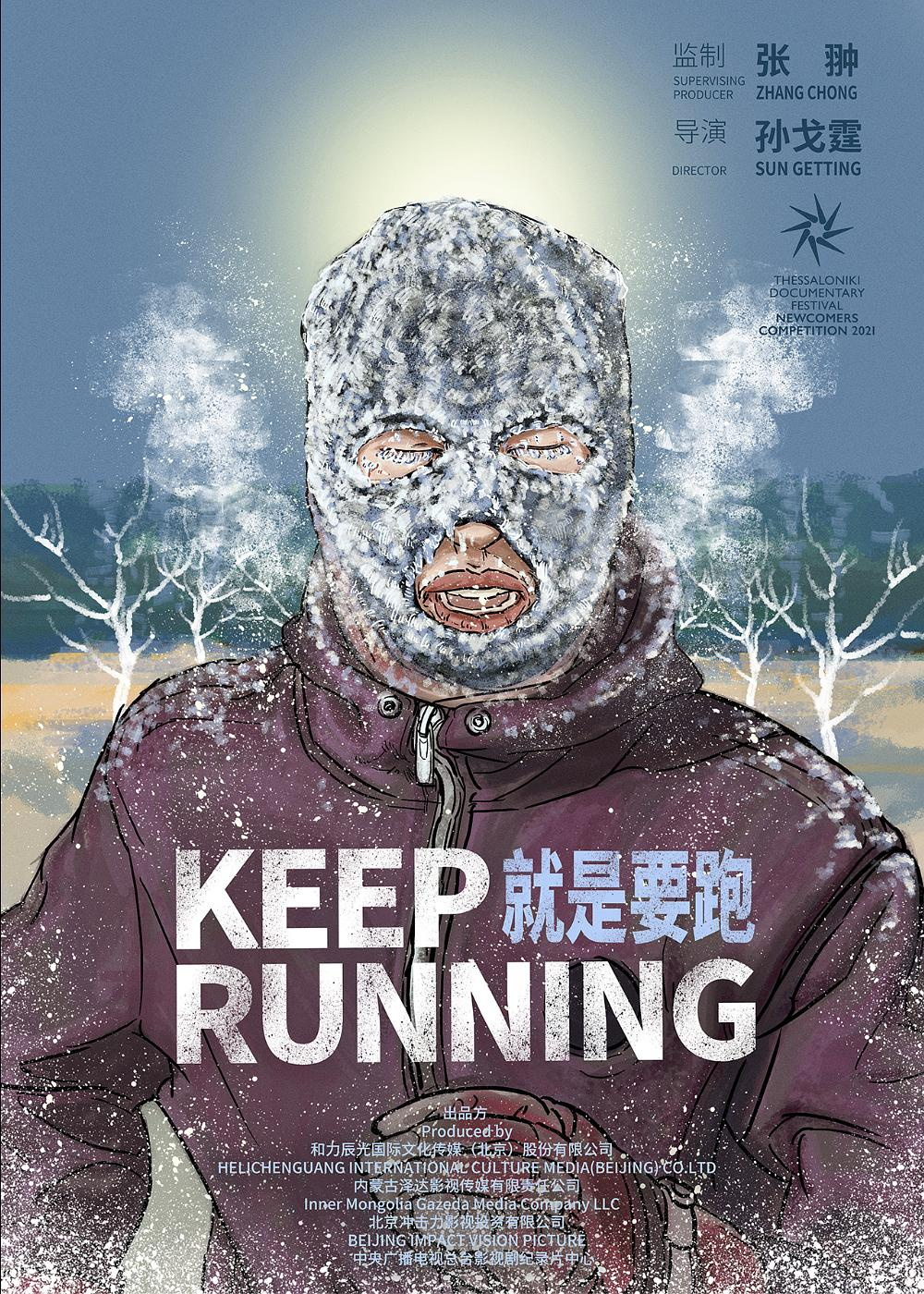
"Just Run" poster
The strong plot attributes of the sports theme make the documentary equally attractive in terms of rhythm, and the race against time in every game also makes the watchers sweat nervously. Among the branch characters, many children who worked hard and hurt, and finally went to other life paths for various reasons, also provided another perspective for taking care of this group.
According to the introduction of director Sun Geting, the team with only 5 main members also completed the record with a "marathon" shooting that lasted 5 years, freezing a group of Chinese teenagers who love to run. I hope this work can inspire more people to stick to their own path, "You may not win, but you have to run!"
